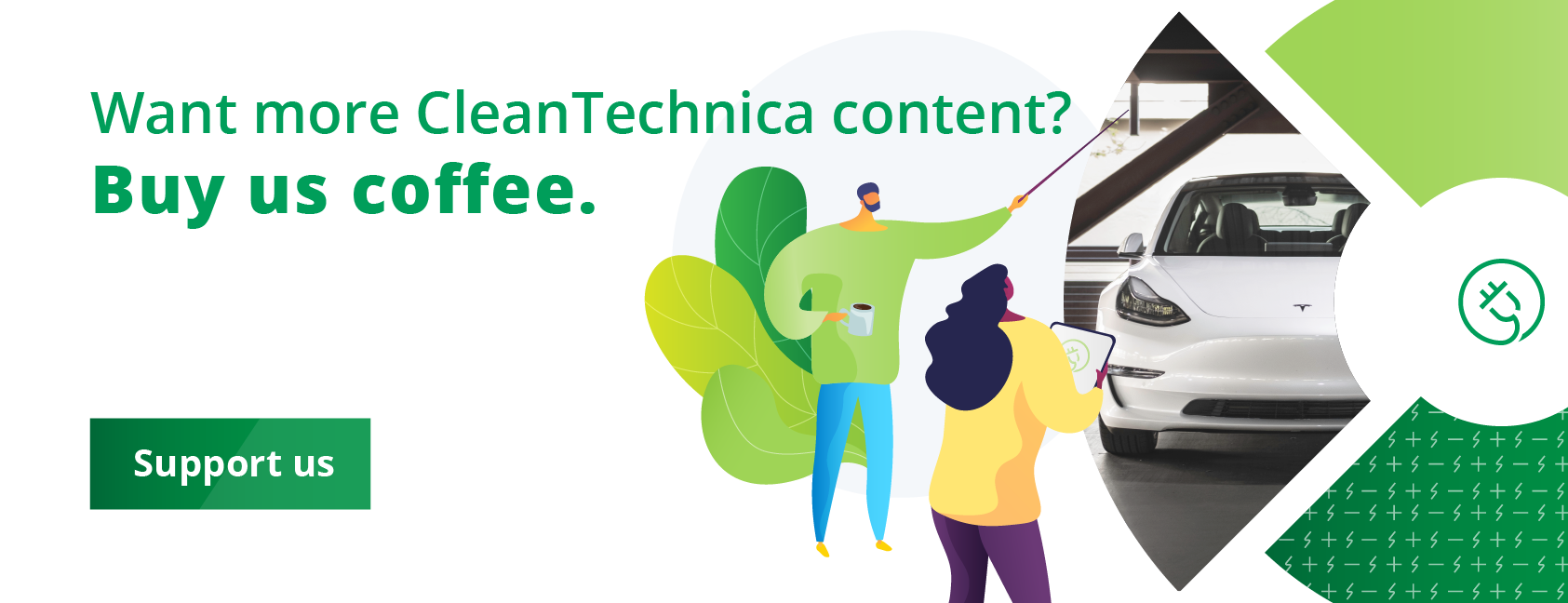
Lawmakers in Texas have been trying to hit the brakes on clean power, but the hits just keep on coming. In the latest development, two leading energy firms, Entergy and ENGIE, have joined forces to hit the state with a colossal, 350-megawatt green hydrogen project that could grow to 1 gigawatt by 2030. The two companies may be able to draw from out-of-state renewable energy resources to fuel their project, regardless of any monkey wrenching by Texas officials.
More Green Hydrogen For Texas
In a classic case of locking the barn door after the horses have escaped, Republican office holders in Texas have been trying to outmaneuver clean power investors. That’s quite a turnaround from just a decade ago, when Texas lawmakers set the table for their home state wind industry to dominate the entire nation. The state’s solar power profile is also impressive, coming in second only to California at last count.
With all that renewable energy in hand, it’s little wonder that green hydrogen stakeholders have been eyeballing Texas. The state’s existing gas infrastructure is another plus, which may account for Shell’s interest in the idea. Shell featured prominently in the formulation of a a sustainable H2 hub in Texas back in January of 2021. In July of that year Shell also flipped the switch on its new 10-megawatt electrolyzer in Germany, billed as the largest in the EU at the time.
Plans were also in the works to add another 90 megawatts of capacity to reach a total of 100 megawatts for the EU electrolyzer, but Entergy and ENGIE have stolen Shell’s thunder. On July 7, Entergy issued a press release describing a memorandum of understanding between its Entergy Texas branch and ENGIE to “work collaboratively toward the exploration of mutually beneficial sustainability solutions.”
Apparently that means green hydrogen. The press release highlighted ENGIE’s 350-megawatt “industrial-scale” green hydrogen project located within Entergy Texas’s service territory in Southeast Texas. Assuming the work progresses on schedule it should be up and running by 2026, and that’s just Phase 1.
“Subsequent phases of the proposed hydrogen project could grow this Renewable Hydrogen project to 1 GW by 2030,” Entergy explained.
Southeast Texas Pivots Into Renewables…
The exact location of the new green hydrogen plant is yet to be determined, but the Southeast Texas region is of interest, considering its firm footing in the fossil fuel industry.
“Based on location quotients, the Southeast region is a leader in the petroleum and coal products manufacturing, forestry and logging and pipeline transportation industries,” the Texas State Comptroller’s office explains, referring to information gathered in 2019 and run through a US Bureau of Labor Statistics calculation that compares the concentration of industries in a particular location with the national concentration.
That may not sound like a ripe spot for a massive green hydrogen project, but Eliecer Viamontes, the president and CEO of Entergy Texas, sees it differently. “Southeast Texas has the infrastructure and workforce to play an essential role in the growing low-to-zero carbon hydrogen industry,” he explains. As described in its July 7 press release, Entergy plans to invest $2.5 billion over the next 18 months to “build a more resilient and sustainable energy future for the region.”
…Glenn Hegar Or Not
Texas State Comptroller Glenn Hegar sees things somewhat differently. He is the official responsible for administering a new state law, passed in 2021, that prohibits government entities in Texas from doing business with firms that “boycott” oil and gas companies.
Hager updated his blacklist on March 20 to include HBSC, the biggest bank in Europe, after it issued a new policy against either investing in, or advising on, oil and gas fields.
“HSBC’s new energy policy is a prime example of a broader movement in the financial sector to push a social agenda and prioritize political goals over the economic health of their clients,” Hegar charged, obliquely referring the “woke capitalism” canard that has gained currency in Republican circles.
“From ratings firms to regulators, significant segments of the sector have lost focus on fundamentals in the rush to prioritize the environmental, social and corporate governance (ESG) movement and force an intellectually dishonest narrative about the so-called energy transition,” Hegar added for good measure.
Clearly the higher-ups at Entergy did not get the memo. Neither did Eric De Caluwe, the Managing Director of Flexible Generation and Hydrogen at ENGIE North America.
“High-energy, low-emission, locally produced hydrogen could be the next game-changing energy resource for Texas,” De Caluwe enthused, taking note of the “changing needs of industrial and heavy transport customers here as they seek cleaner forms of energy to fuel their operations and processes.”
Cracks Appear In The Great Grid-Wall Of Texas
Entergy also takes particular note of its relationship with MISO, the Midcontinent Independent System. MISO is one of several multi-state organizations that oversee regioonal chunks of the nation’s electricity grid.
Texas is in a unique position, gridwise, because most of the state is walled off from multi-state coordination. It is under the management of ERCOT, the Electric Reliability Council of Texas. The exclusionary setup insulates power generation stakeholders in Texas from most forms of federal oversight. However, small parts of the state do participate in multi-state electricity markets, and Southeast Texas is one of them. MISO reaches into Southeast Texas like a lobster arm.
Entergy has been courting MISO for years. The company reached a milestone back in 2013, when it put the finishing touches on a MISO integration plan that set the stage “for nearly a quarter-billion dollars in projected customer savings in the first decade alone,” as Entergy explained in a press release.

MISO Hearts Green Hydrogen
MISO has been pushing the renewable energy envelope early on, balancing the tricky task of integrating more intermittent, renewable energy resources into a grid that sprawls across all or part of Arkansas, Illinois, Indiana, Iowa, Kentucky, Louisiana, Michigan, Minnesota, Mississippi, Missouri, Montana, North Dakota, South Dakota, Texas, and Wisconsin, along with the province of Manitoba in Canada..
MISO currently projects that wind and solar will serve 60% of its annual load by 2041, resulting in an 80% drop in emissions relative to a 2005 benchmark. To make sure that happens, last year the organization proposed a gigantic, 18-part, biggest-of-its-kind transmission project.
With MISO at its back, Entergie and ENGIE can probably count on renewable energy to power up their green hydrogen plant, regardless of the goings-on over at the Texas statehouse.
It’s not all sweetness and light, though. A big fight is brewing over who gets to build a new MISO transmission line in East Texas, Entergy or rival NextEra, so stay tuned for more on that.
Find me on Threads @tinamcasey. Also Post @tinamcasey, or @TinaMCasey on LinkedIn and Spoutible, or @Casey on Mastadon.
Image (cropped, courtesy of ENGIE): Entergy and ENGIE are ramping up their energy transition plans under a new collaboration featuring green hydrogen in Texas.
I don’t like paywalls. You don’t like paywalls. Who likes paywalls? Here at CleanTechnica, we implemented a limited paywall for a while, but it always felt wrong — and it was always tough to decide what we should put behind there. In theory, your most exclusive and best content goes behind a paywall. But then fewer people read it! We just don’t like paywalls, and so we’ve decided to ditch ours. Unfortunately, the media business is still a tough, cut-throat business with tiny margins. It’s a never-ending Olympic challenge to stay above water or even perhaps — gasp — grow. So …




